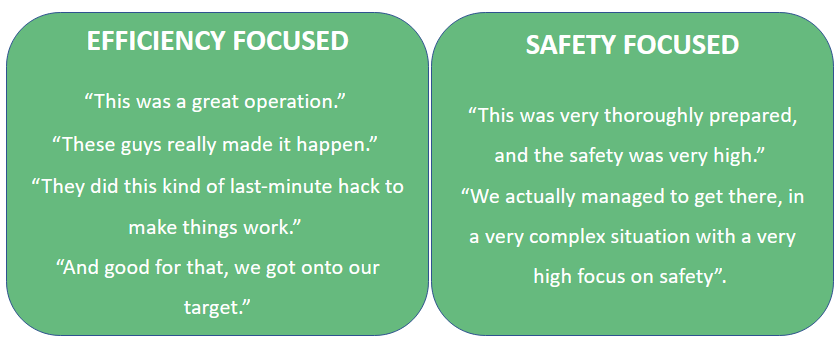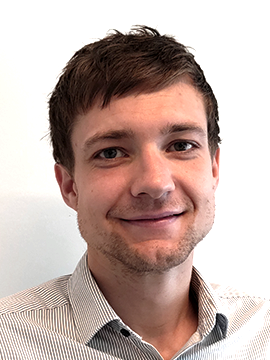Get the true picture of your safety maturity
A good picture of the present safety culture in your company cannot be found by classical KPI’s such as LTIF, as injury-free operations do not necessarily mean that everybody has done a safe job. The numbers do not tell what is really going on in daily practice. A more thorough Safety Maturity Assessment is needed to provide you with a clear impression of the present safety culture.
Involvement and qualitative data
Our SMAs are carried out with a holistic approach — we use our own assessment model, involve as many sources as possible, and utilise multiple assessment methods. This is to ensure that we gather not only quantitative, but also qualitative data, thereby enabling us to provide our customers with a clearer and more realistic picture of their present safety culture and to recommend viable solutions to them.
We involve everyone in the organisation – we look into the different departments; we look at the company as a whole: what they do, how often they do what, how they decide and how they communicate.
Stine Skelbo - Senior Consultant at Green-Jakobsen A/S
Focus on safe environment in an efficient business
We know that companies do not only focus on having a complete safe environment. They also need to drive an efficient business. So, when we go in and analyse the safety culture, our focus is to see how the organisation operates efficiently and safely at the same time—and that’s what Safety 2.0 is about.
The way they communicate tells us much about where their focus is.

Thomas Schmidt - Partner, Senior Consultant at Green-Jakobsen A/S
We frame our customers' thinking beyond compliance
We always aim at influencing the whole organisation to change by making them think of safety critically and proactively. We do so by challenging them to reflect on questions such as:
Since our group consists of consultants with different backgrounds such as on maritime training, organisational development, ethnology, communications, leadership and culture, safety, etc., we can ensure that we assess the safety culture as objectively as possible and that we give relevant and expert insights.
Jesper S. Jensen - Vice President, Technical at TORM
What you get:
But what about the pandemic - how is this service done?
We continue to conduct SMAs amidst these difficult times. The way we do our SMAs is applicable in whichever set-up our customers prefer—be it face-to-face or virtual meetings and discussions, or a combination. Interviews and surveys are conducted online. Discussions, presentations and meetings with clients are also done virtually as long as the pandemic is ongoing.
Thomas Schmidt - Partner, Senior Consultant at Green-Jakobsen A/S
Contact us for personal advice
Would you like us to call you?


